Case 1221E Wheel Loader Service Manual
$33.00
Manual Included: Comprehensive service manual with 534 pages.
Specifications:
Brand: Case
Model: 1221E Tier 3
Type: Loader
Manuals: Service Manual
Publication Numbers: 87728465 (March 2008)
Language: English
Format: PDF
Brake Pump Manual Extract
Table of Contents
- General
- Engine
- Power Train System
- Brakes
- Steering
- Work Equipment
- Electrical System
Product Overview
This extract provides detailed information about the operation of the brake pump unit. Each cartridge in the system features a rotating inner member known as the rotor, which contains vanes that maintain contact with a fixed interior cam surface. As the drive shaft rotates the rotor, the vanes extend outwards, creating a cavity that allows fluid to flow into the inlet ports.
Key Features
- Rotating Inner Rotor: The rotor contains vanes that extend due to centrifugal force and contact the cam surface.
- Cam Surface Design: A fixed cam surface ensures continuous pumping as the rotor vanes expand and contract the cavity.
- Pressure-Actuated Vanes: Vanes are pushed against the cam ring by centrifugally activated pins for efficient fluid transport.
- Feed Holes Mechanism: Feed holes provide consistent pressure under the vanes by opening to the pressure port every revolution.
Benefits
- Efficient Fluid Movement: The system efficiently moves fluid from inlet to outlet, maintaining system pressure reliably.
- Smooth Operation: Centrifugal force and pressure-actuated mechanisms offer seamless functionality.
- Durable Design: Pressure-actuated components ensure long-term reliability and reduced maintenance needs.
Usage Recommendations
- Ensure the drive shaft rotation is consistent to maintain optimal vane operation.
- Regularly inspect the pressure and pins for wear to maintain the efficiency of the brake pump.
- Use compatible hydraulic fluid to prevent damage to the internal surfaces and maintain proper function.
Only logged in customers who have purchased this product may leave a review.
Related products
$35.00
$34.50
$35.00
$34.00
$34.00
$34.00
$32.00

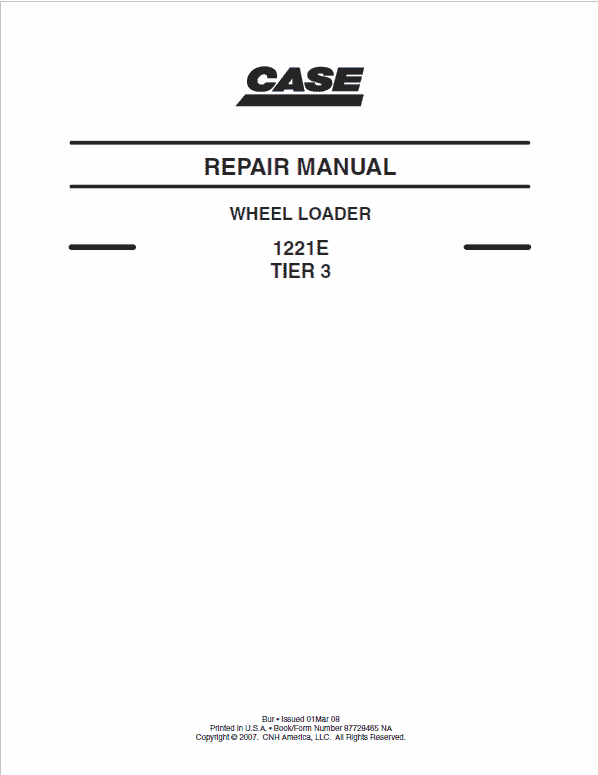
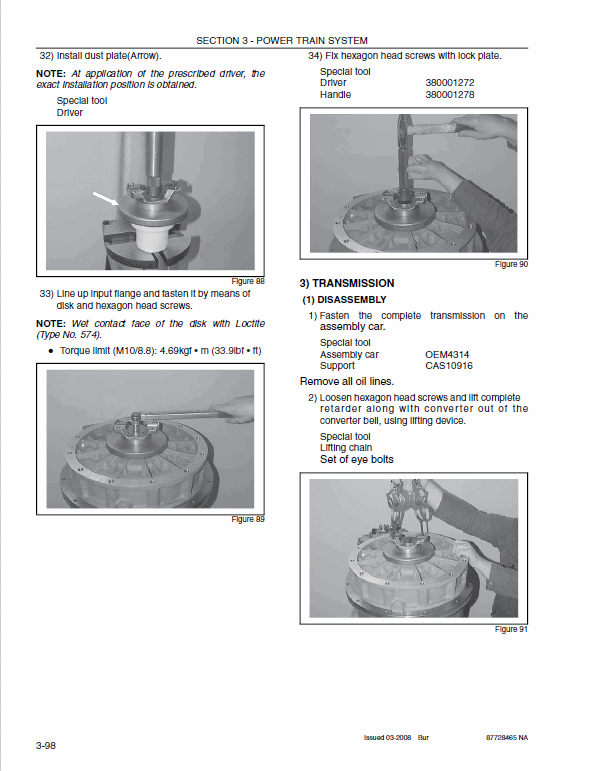
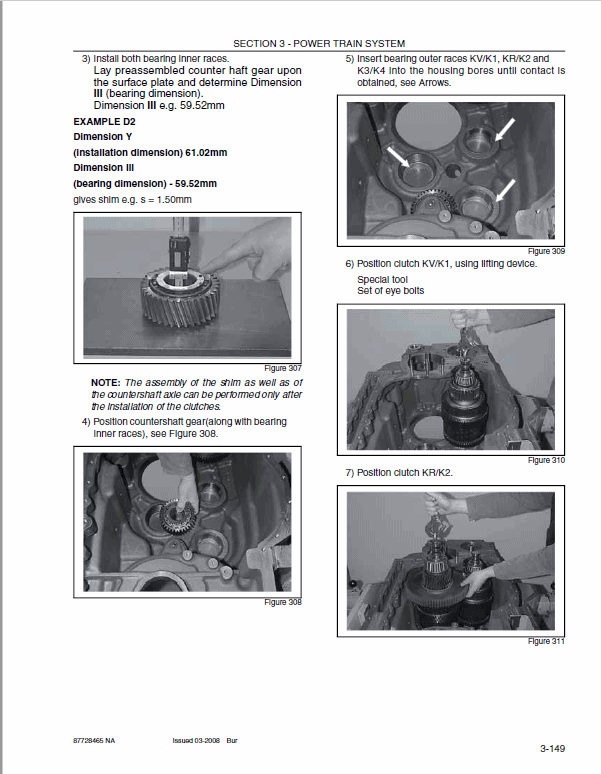
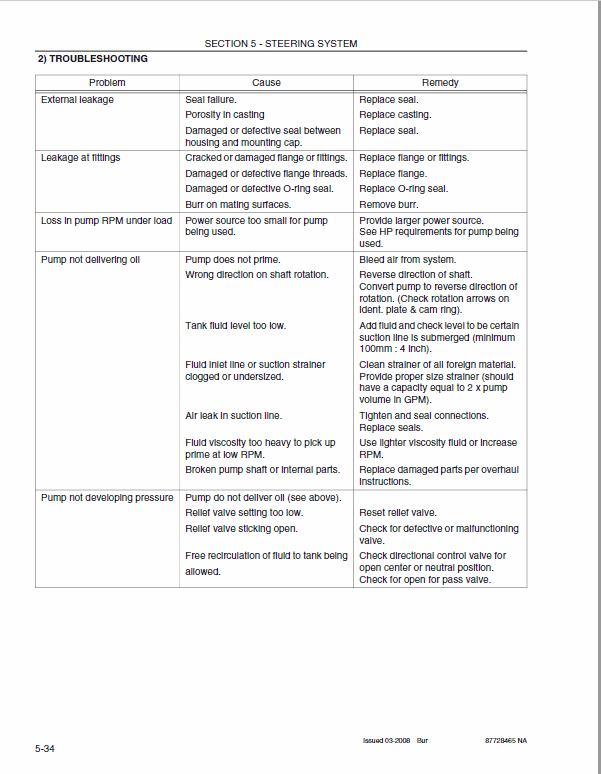
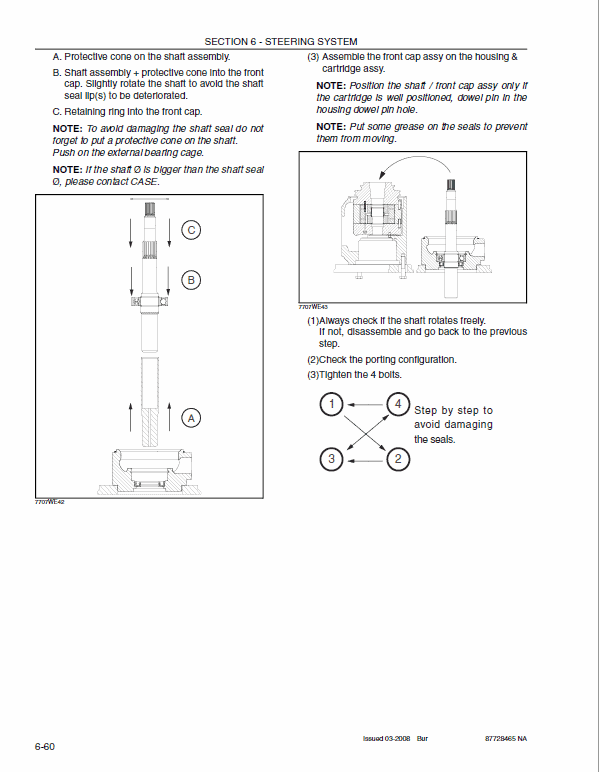
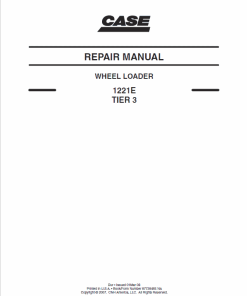
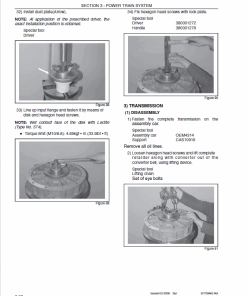
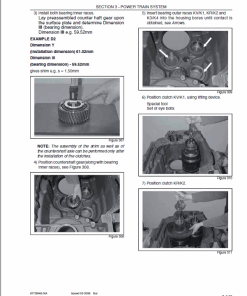
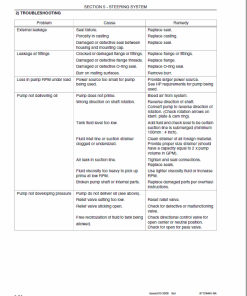
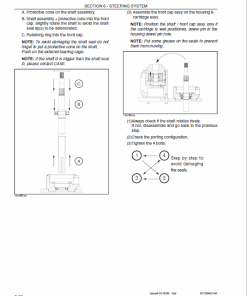
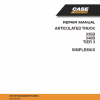
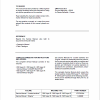
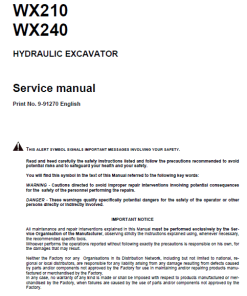
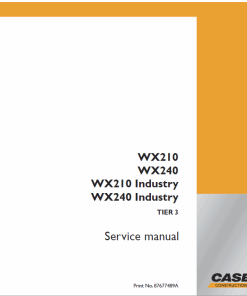
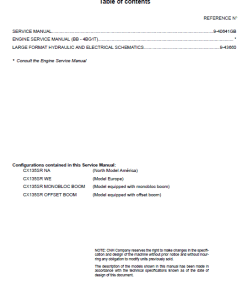
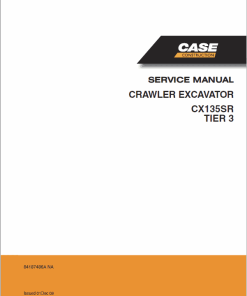
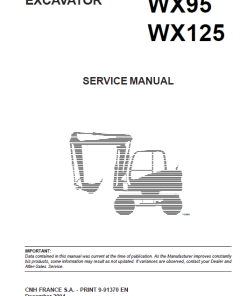
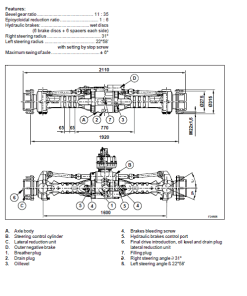
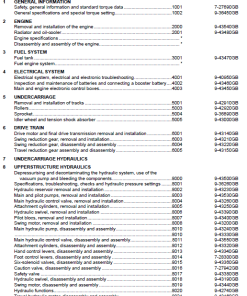
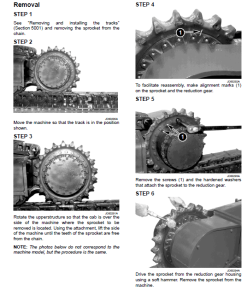
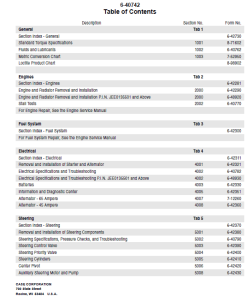
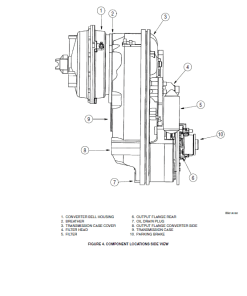
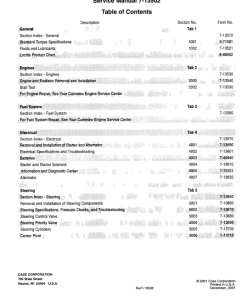
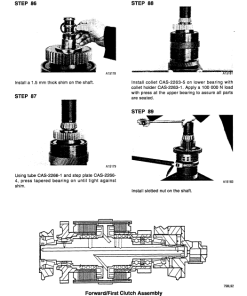
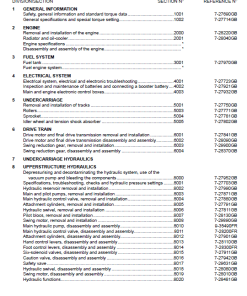
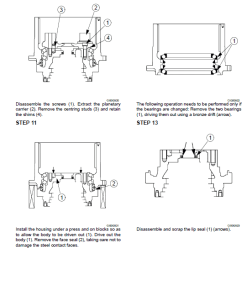
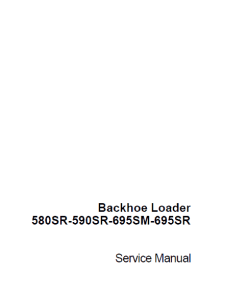
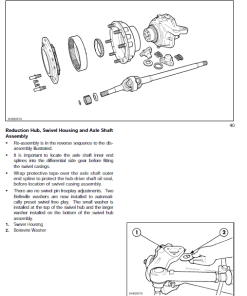
Reviews
There are no reviews yet.